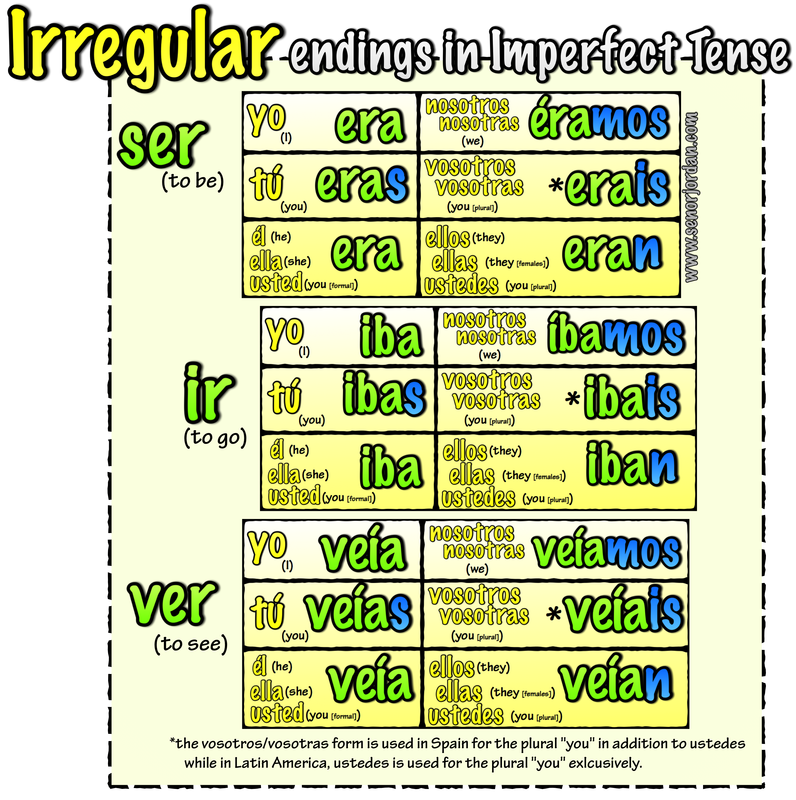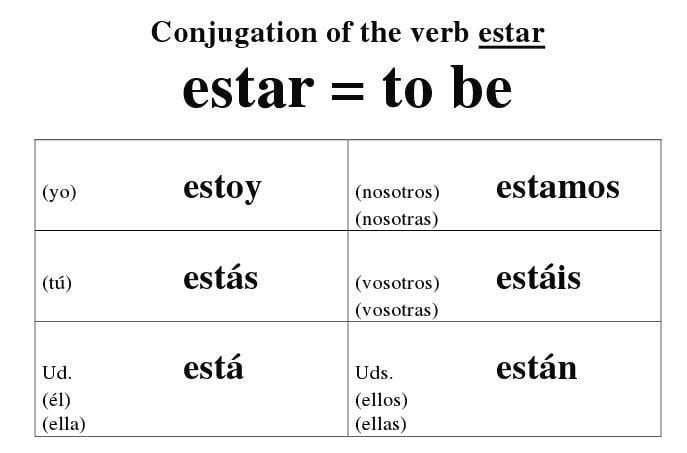


#Estar preterite endings tv#
Then, have them tell you a story in return, and pay attention to their choice of verb tense.Īnother way you can get the hang of Spanish grammar is to watch your favorite TV shows and movies, but turn on Spanish subtitles. Try telling a story to your tutor or friend and having them correct you on your mistakes. Story-telling is an excellent form of practicing verb tenses.

One of the most efficient ways to master any Spanish grammatical concept is to practice with another person who can give you feedback and constructive criticism. Varias veces - several times Mastering the Two Spanish Past Tenses Practice make perfect You can also learn these phrases to help you express yourself better. Certain temporal phrases are associated with either the preterite or the imperfect. When reading or listening to Spanish, you can use context clues to figure out whether a verb phrase is in the preterite or imperfect tense. Yo comía manzanas - I used to eat apples (and maybe I don't anymore). Me comí la manzana - I ate the apple (yesterday night). Yo tocaba el piano - I used to play the piano at some point in the past, but I don't anymore. Toqué el piano - I played the piano (yesterday, or that night, or whatever specific timeframe context provides) What happened vs The way things wereĪnother way to look at it is that the preterite is for talking about things that happened in the past, while the imperfect is for the way things were in the past. Yo leía el libro - I was reading the book (and the start and end times don't matter). Yo leí el libro - I read the book (and now I'm done). Yo comía la manzana - I was eating the apple (when something else happened). Yo tocaba el piano - I used to play the piano or, you are saying that you were playing the piano when setting the scene for a story. Toqué el piano - I played the piano (and I finished the action). With some practice, this is fairly easy to remember. The basic rule of thumb when it comes to figuring out which tense to use is that the preterite talks about things you did, and the imperfect talks about things you were doing at some point in time, or that you used to do. (We weren't able to open the door.) Distinguishing Between Preterite and Imperfect What you did vs What you were doing (I did not want to go to the supermarket.) When forming the imperfect for a regular -ar verb, drop the -ar just like in the preterite conjugation but this time we add the imperfect ending. Again when using the imperfect we don't care so much about the details of what happened (when I do, how did I, when did I stop going) the important fact in this sentence is that there was a time when I would go but I no longer go anymore. "I used to go" denotes that something used to occur before but now it doesn't. We don't know when they stopped eating dinner, but in this sentence it doesn't matter because we are more focused on the fact that they were eating.Īnother example of the imperfect in English might be: Here, we know that the action of eating dinner took place in the past, but it does not have a definite beginning or end, nor does it matter for the sentence's purpose.

#Estar preterite endings plus#
Using "were" plus the gerund denotes the imperfect past in English. The imperfect is used to denote an action that took place in the past, but the specifics of the timeframe are left up in the air.


 0 kommentar(er)
0 kommentar(er)
